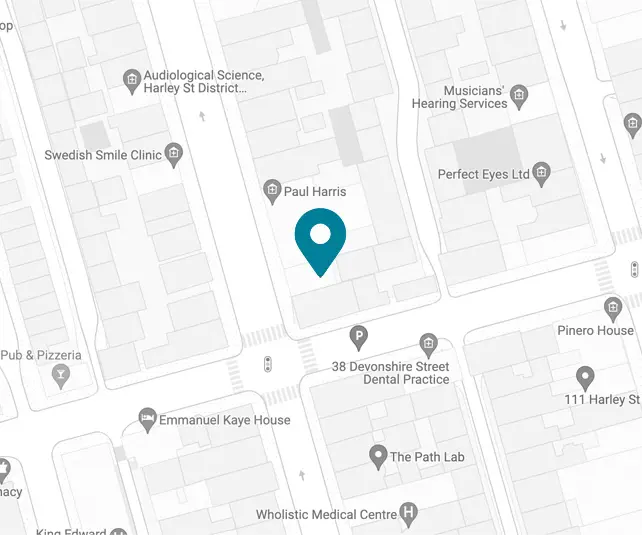Polynucleotides

At A Glance
Pain Relief
Numbing cream
Duration
30 minutes
After Treatment
Mild redness and swelling
Recovery Time
1 day
No. of Sessions
1-3
Results Last
Years+
Polynucleotides are the building blocks of DNA and RNA – nucleic acids that give the instructions for cell function, regeneration and gene expression. They have been used in medicine since 1986, for example to promote wound healing and tissue repair, with over 50 scientific publications in the last 20 years. Polynucleotides are extracted from Salmon or Trout, sterilised and ultra-purified before being made into injectable products. As polynucleotides are broken down in our body, they promote DNA synthesis, increase cell regeneration and the production of collagen and elastin whilst reducing inflammation.
Frequently Asked Questions
What happens in Polynucleotide Treatment ?
Which areas can be treated with Polynucleotides?
Will polynucleotides work for me?
How many sessions?
When will I see results?
How long do results last from polynucleotides treatment?
Is it painful?
Any side effects?
Who will do my polynucleotides treatment?
How to prepare?
All our patients are invited for a consultation appointment prior to treatment. During your consultation, the doctor will assess your concerns and the areas for potential treatment. There may be a number of suitable treatment options and the practitioner will discuss these with you in detail. You will be sent information about each treatment via email.
If you choose to go ahead: on the day of treatment you will be seen by the practitioner who will take you through the consent process, answer any other questions you may have, take before-treatment pictures and apply numbing cream to the area.
The treatment consists of the placement of the polynucleotide solution in the superficial layer of the skin either via needle or cannula. Patients can feel a stinging sensation but this is very tolerable. The treatment takes approximately 30 minutes, depending on the size of the area to be treated. During the treatment you can talk and listen to music. If you wish, you can bring a friend with you. After treatment, the skin often looks pink and slightly puffy.
Multiple areas on the face and body can be treated with Polynucleotides.
The use of polynucleotides are supported by numerous clinical studies. This treatment is suitable for all skin types.
1-3.
Within 6 weeks – 3 months.
Years +
Patients can feel a stinging sensation but this is very tolerable.
The skin is pink and may be slightly puffy for a day after treatment. There is also a risk of bruising.
Polynucleotides treatment is performed by fully trained and experienced doctors and surgeons.
It is important to ensure that the skin has not been excessively damaged or inflamed in the time leading up to the treatment. During your consultation, the practitioner will assess the skin and give you advice about how best to optimise your skin health. This may involve using anti-oxidant serums, drinking plenty of water and avoiding sun exposure before and after treatment.

